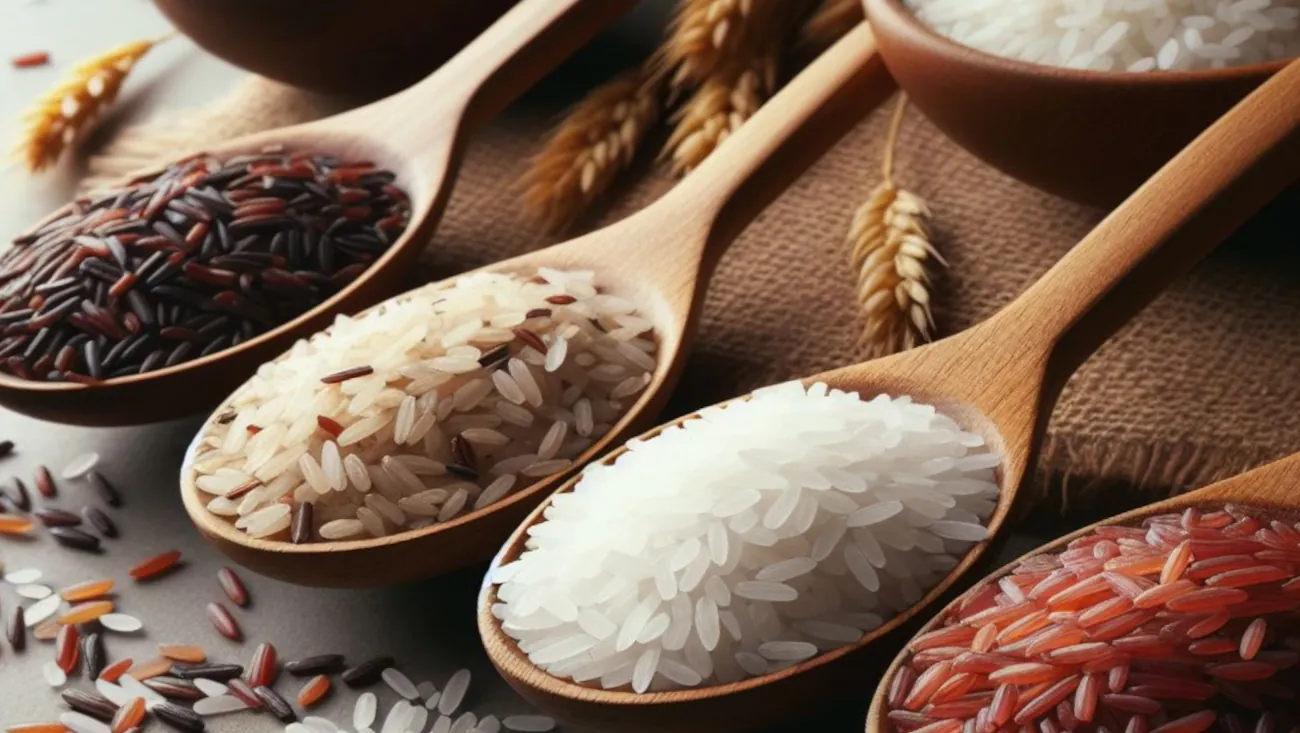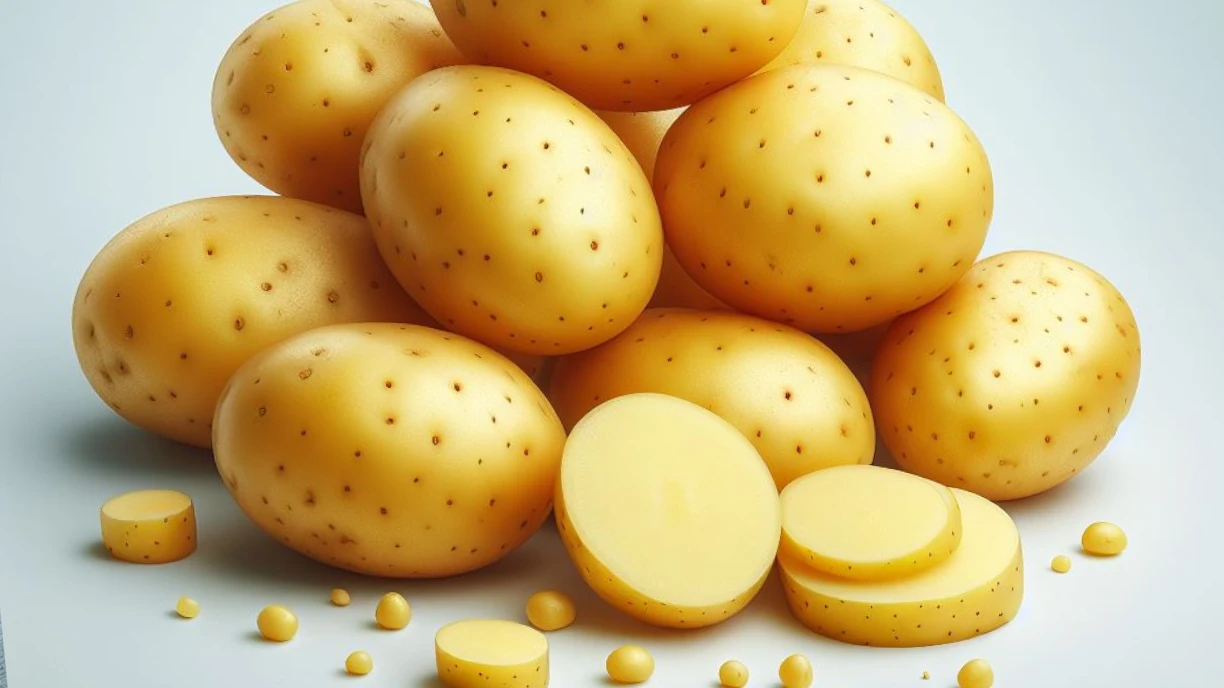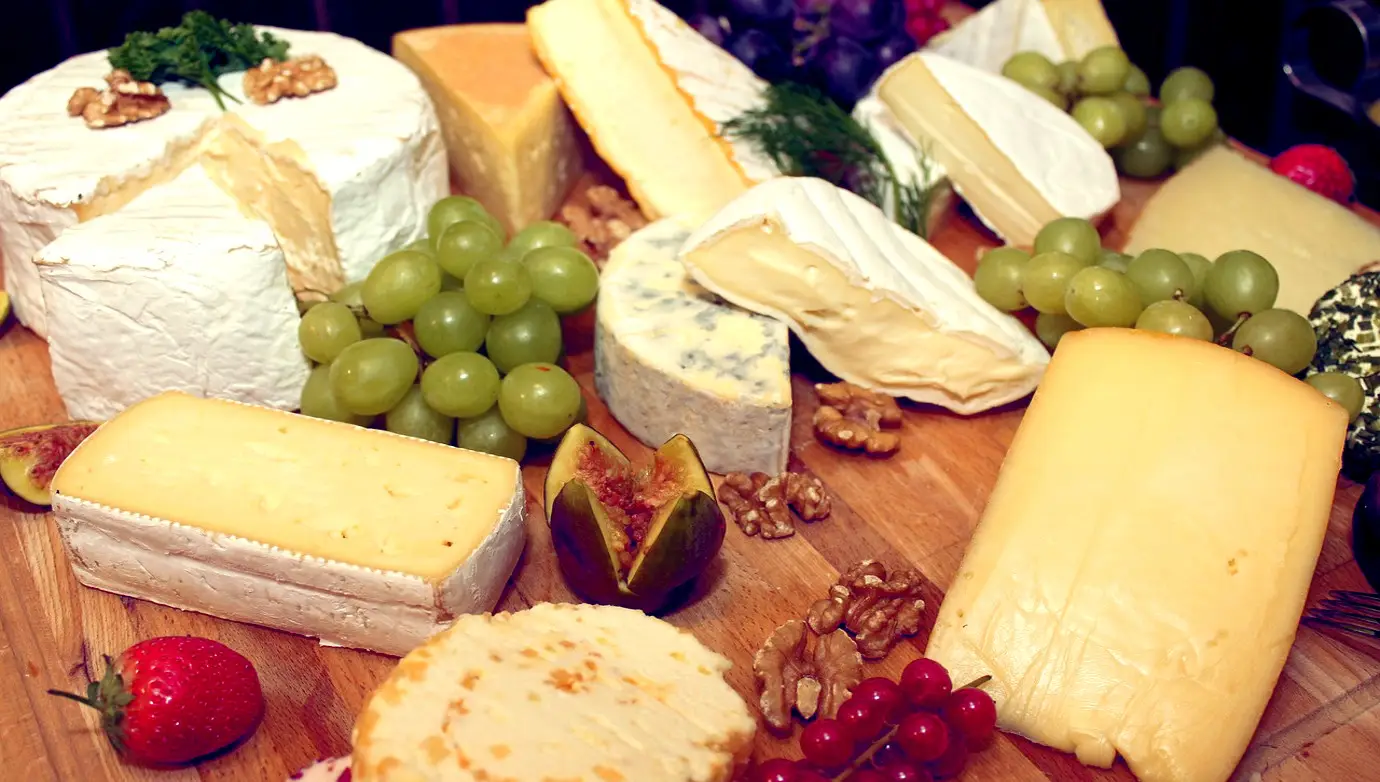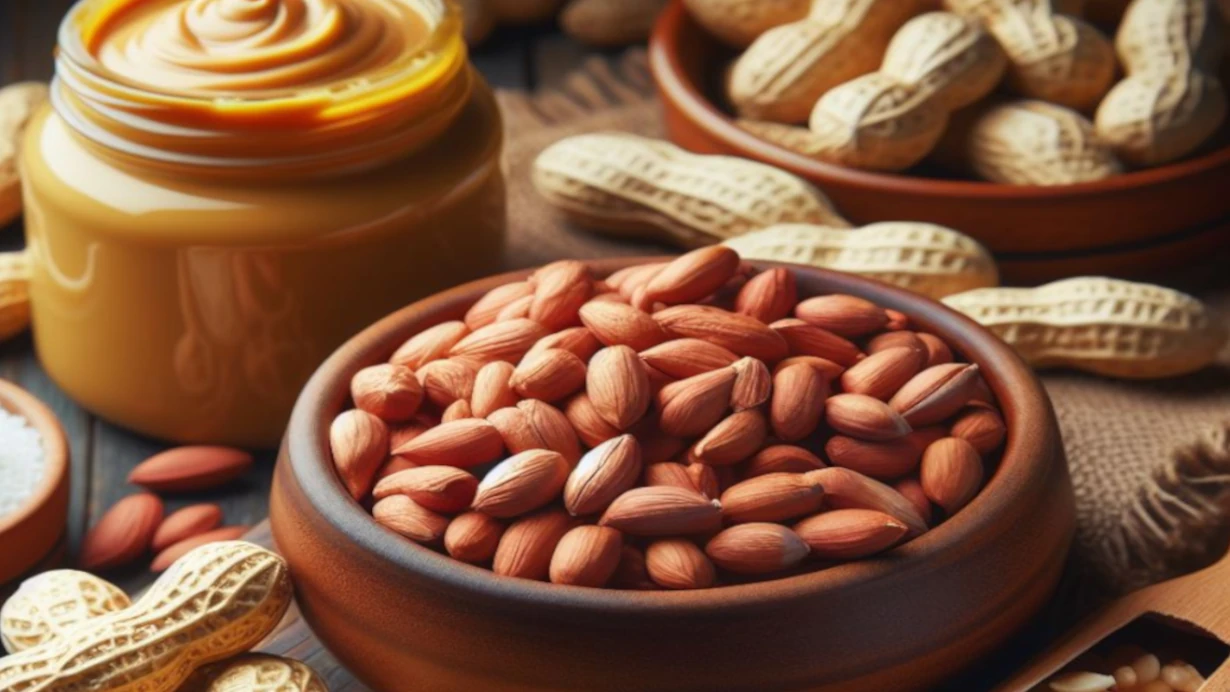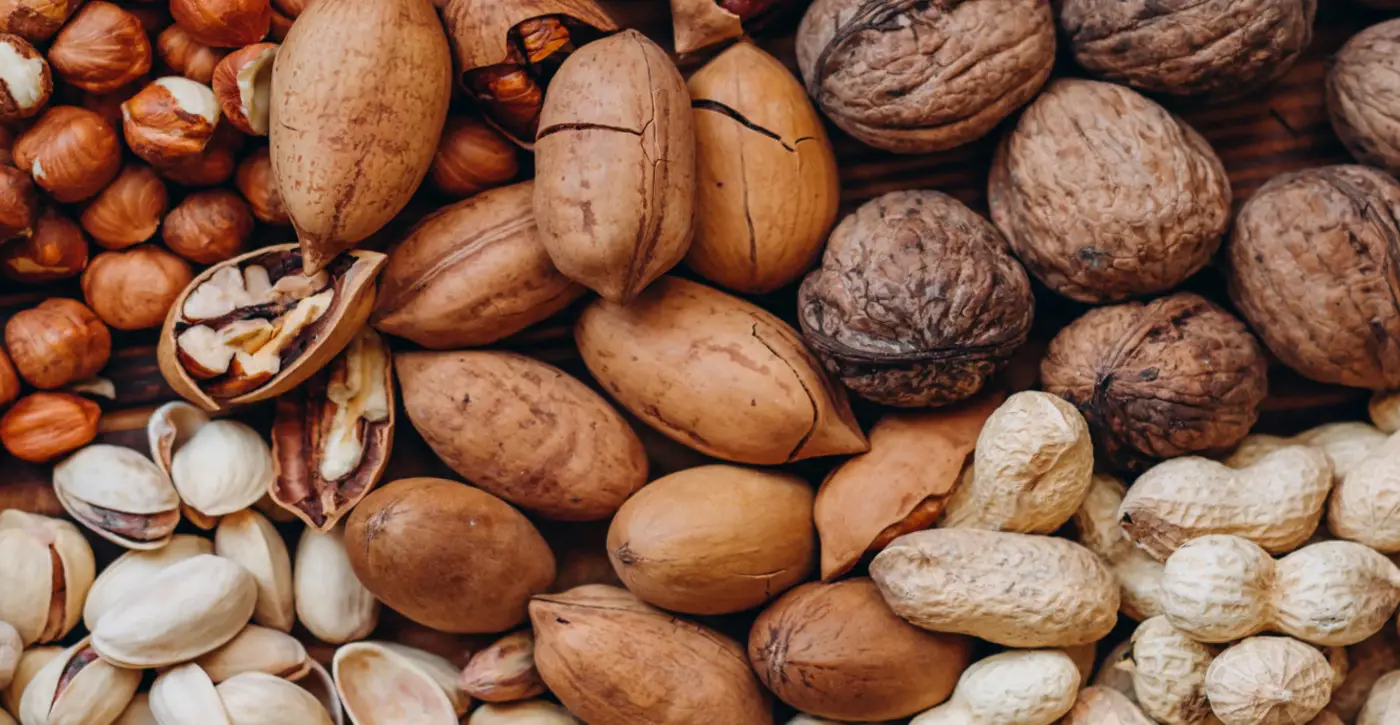Quinoa Lysine and Arginine Info Sheet
Overview
Quinoa is a pseudocereal that is cooked and eaten like a grain. It has a nutty flavor and a fluffy texture. It is usually used in salads, soups, and pilafs.Quinoa is high in protein, fiber, iron, magnesium, and manganese.
It also contains all nine essential amino acids, making it a complete protein source.
Quinoa is gluten-free and may benefit people with celiac disease or gluten sensitivity.
Quinoa may also help lower blood pressure, cholesterol, and blood sugar levels.
| Name | Lysine (mg/100g) | Arginine (mg/100g) | Ratio |
|---|---|---|---|
| Quinoa | 239mg | 340mg | 0.7 |
Quinoa contains 239mg of Lysine and 340mg of Arginine per 100g of product.
This means Quinoa has a low Lysine-Arginine ratio of 0.7.
Because Quinoa contains slightly more arginine than lysine, reducing its consumption may help people who suffer from herpes, as it may lower the viral activity.
Lysine Considerations
Quinoa contains more protein than other grains and is a great source of amino acids, including lysine.
Lysine is an essential amino acid that is important for protein synthesis, collagen formation, and immune function.
Quinoa is a moderate source of lysine, providing about 24% of the RDI per 100 grams.
It's one of the nine amino acids that the body can't produce, so it must be included in our diet.
Lysine has a variety of roles in the body, such as aiding in growth, healing, energy production, immune function, and the production of collagen.
Research indicates that lysine may have an impact on the herpes virus, which is responsible for cold sores and genital sores.
Taking lysine supplements or using lysine cream could potentially prevent or treat these infections by slowing down the amino acid arginine, which the virus requires for growth.
Arginine Considerations
Quinoa is also a great source of arginine, another type of amino acid.
Arginine is a semi-essential amino acid that is involved in nitric oxide production, wound healing, and blood pressure regulation.
Quinoa is a good source of arginine, providing about 34% of the RDI per 100 grams.
Arginine can improve your overall health and performance, such as lowering your blood pressure, healing your wounds, and boosting your exercise endurance.
Arginine can be made by the human body or obtained from foods like meat, dairy, nuts, and soy.
Unfortunately, the herpes virus is known to "feed" on arginine, and having a diet higher in arginine than lysine may increase the occurrence and severity of cold sores and herpes outbreaks.
Lysine-Arginine Ratio
Quinoa is a good plant-based source of amino acids, rich in both lysine and arginine.
It has a low lysine-arginine ratio of 0.70, which means it is slightly higher in arginine than lysine.
This can be a concern if you suffer from HSV-1 or HSV-2, since the Herpes virus is known to "feed" on arginine.
That said, quinoa is a healthy food choice that has a more favorable lysine-arginine ratio compared to other types of grains and should not be avoided.
If you are worried about arginine intake, you may complement eating quinoa with other lysine-rich foods or take l-lysine supplements.
Both lysine and arginine are important for protein synthesis and other bodily functions.
The two compounds can affect the herpes simplex virus, which is responsible for cold sores and genital herpes, in opposite ways.
Lysine can your body or stop the virus from reproducing, while arginine can help it propagate.
Eating foods with a high lysine-arginine ratio could help lower the appearance and severity of herpes flare ups.
Some foods that have a high lysine-arginine ratio are milk, cheese and yogurt, fish, poultry, fruits, and vegetables.
These foods can give the body enough lysine to prevent the virus from taking up arginine, and thus stop its growth and spread.
Dietary Considerations
Grains are generally low in lysine and high in in arginine, which makes them less beneficial for people with herpes.
That said, some grains are better than others in terms of their lysine to arginine ratio.
Quinoa, amaranth, buckwheat, and seitan are some of the grains that have more lysine than arginine, or at least a balanced ratio.
These grains can be included in a healthy diet, as they also provide fiber, iron, and antioxidants.
Quinoa is a nutrient-rich food, known for its high protein content.
It is also a good source of fiber and minerals, and is considered a complete protein because it contains all nine essential amino acids.
Quinoa is rich in minerals and vitamins, making it a healthy choice for a balanced diet.
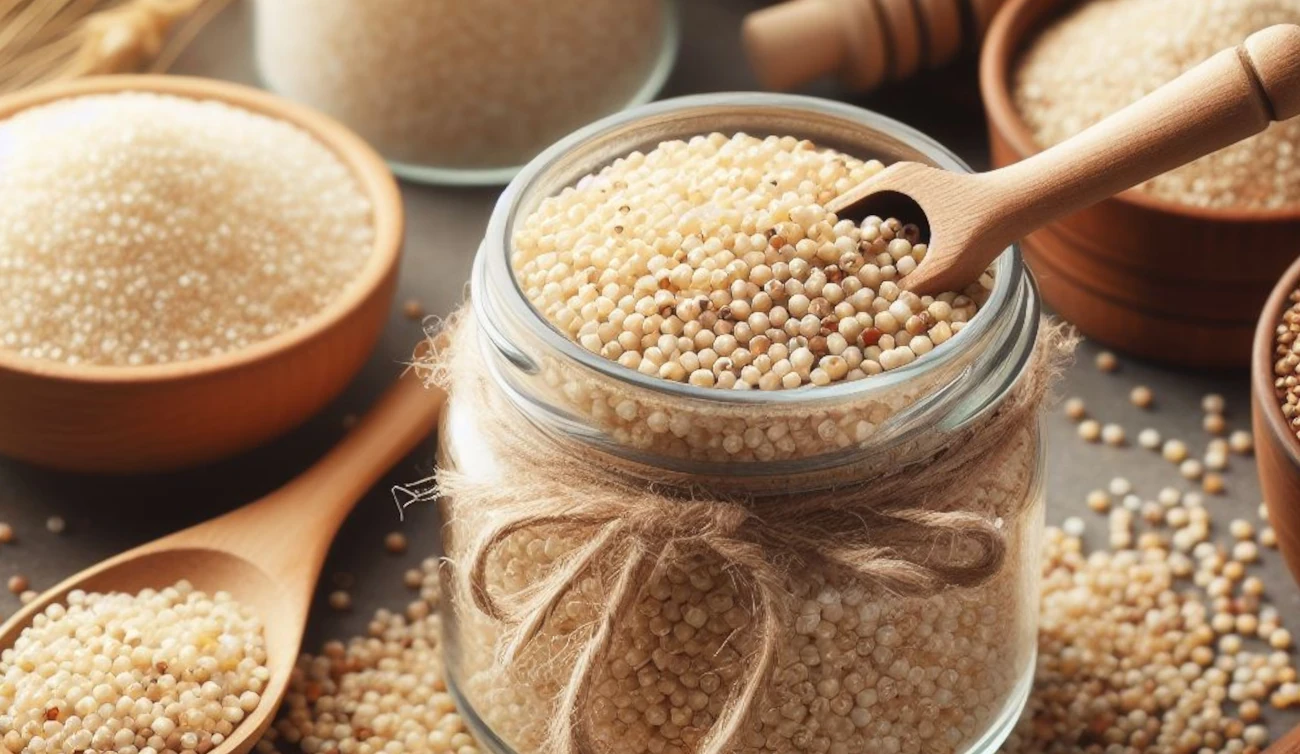
For instance:
A well-balanced and healthy diet that strengthens your immune system and lowers inflammation is important.
This means you should eat a lot of fruits, vegetables, whole grains, lean protein, and good fats, and avoid processed foods, added sugars, alcohol, and caffeine.
Drinking enough water to keep yourself hydrated and remove toxins from your body.
Water can also help prevent dryness and irritation of the skin and mucous membranes, which can result in fewer outbreaks.
You may want to take l-lysine supplements.
L-lysine is known to prevent herpes outbreaks and it can help stop a cold sore in its initial stages by "starving" the virus of arginine before it has a chance to cause a cold sore.
Taking other food supplements that can improve your immunity and protect your cells from oxidative stress, such as vitamin C, zinc, selenium, and antioxidants.
Your immune system can be weakened and inflammation can be increased by foods that can cause allergic reactions or sensitivities, such as gluten, dairy, nuts, eggs, or shellfish.
Avoid these foods to avoid outbreaks.
Foods that can boost your immunity and fight inflammation are essential to prevent outbreaks.
Honey, yogurt, aloe vera, and chamomile are some examples of these foods.
They can also soothe your symptoms and help you recover quicker by reducing pain, swelling, and itching.
Check more food information
